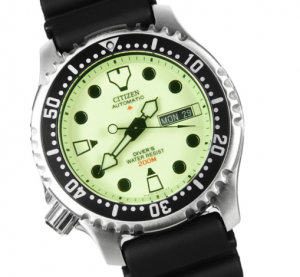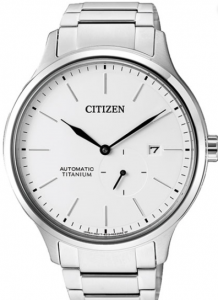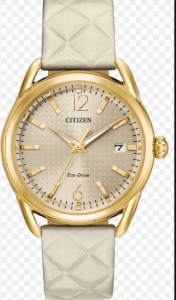Seiko Holdings Ltd. Citizen Watch Co. Ltd., and Casio Computer Co. Ltd., these three companies are huge and influential all over the world. Watches are each firm’s most important product. Timepieces accounted for 54% of Casio’s total revenues, 52% of Seiko’s, and 51% of Citizen’s last year. However, the replica watches also account for the majority of firms’ profits.
In these years, Citizen, Seiko and Casio have enjoyed an outstanding watch boom. It began immediately after the Great Recession of 2009. From 2010 through 2015, global watch sales for all three companies rose each year.

Casio’s fake watch surge over the course of this decade was powered primarily by the success of G-Shock, its famous leader model, which turns 35 this year. In 2009, Casio sold 3 million G-Shock watches per year, the company says. Since then, annual sales have nearly tripled. They passed the 6 million each year mark in 2013 and jumped to 8 million units in 2015, the year Casio surpassed Seiko in replica watch sales.
Casio sales grew over the decade thanks mostly to growth overseas. The fake watch sales rose in large markets like China and the United States. Casio also rolled out new technology in G-Shock and its Edifice and Oceanus collections, which spurred sales. The G-Shock 3-Way watch, for example, features GPS, radio-controlled atomic timekeeping and a Bluetooth-powered link to a smart-phone.

Another factor has been acquisitions. Citizen, which celebrates the centennial of its founding in Tokyo this year, has embraced a foreign acquisitions strategy in an effort to transform itself into a multi-branded, multi-national swiss replica watches group.
A main factor in Seiko’s six-year growth spurt was the success of its high-end watch brands in the domestic market and overseas. Different from Casio and Citizen, Seiko has two major luxury brands in Japan, Grand Seiko and Credor. Sales of Seiko’s core cheaper priced watches also did well in the domestic market, particularly in 2013, when the company’s watch sales rose 25%.

Overseas, Seiko benefitted from strong sales to China in the 2010 to 2012 period and the U.S. from 2010 to 2013. In 2013, Seiko noted that “sales to major chains and department stores progressed favorably in the United States.” Astron also sold well overseas, as did Prospex, when it was released internationally for the first time in 2014.
A potpourri of issues whacked Seiko’s watch division in 2019. The Japanese and Chinese economies stalled, the stock market fell, the yen rose, the tourists disappeared, and Japanese consumers began pinching yen. “In Japan, sales of Grand Seiko men’s models were down,” the company said.